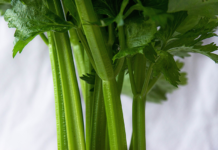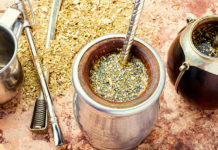 Cultures around the world have enjoyed chocolate in its many forms for a thousand years or more. In its earlier days, the Mayans and Aztecs sipped a chocolate beverage during sacred and religious ceremonies. Later, Europeans enjoyed chocolate enhanced by refined sugar and milk as dessert and candies. There are powerful scientific properties and findings that relate to chocolate. From its processing to potential health benefits, here are five fun facts about your favorite treat:
Cultures around the world have enjoyed chocolate in its many forms for a thousand years or more. In its earlier days, the Mayans and Aztecs sipped a chocolate beverage during sacred and religious ceremonies. Later, Europeans enjoyed chocolate enhanced by refined sugar and milk as dessert and candies. There are powerful scientific properties and findings that relate to chocolate. From its processing to potential health benefits, here are five fun facts about your favorite treat:
- Chocolate is made from the seed of the Theobroma cacao tree. In its raw form, the seed possesses a bitter flavor. In the production of chocolate, the seeds are fermented in order to change the flavor.
- Due to a high concentration in flavanols, recent research suggests that the cardiovascular system may benefit from chocolate. Flavanols improve blood flow to the heart and brain, lower blood pressure and have antioxidant qualities.
- Flavanols are also the reason for chocolate’s natural bitter taste. The more processing that occurs in creating your favorite candy, less flavanols remain in the chocolate. Less flavanols means less healthy. Food manufacturers are currently exploring techniques to preserve flavanols in the manufacturing process.
- The specific flavanol thought to be responsible for most of these cardiovascular benefits is called “epicatechin.”
- Research into the potential health benefits of chocolate was in-part inspired by the Kuna people of Panama, who drink five to seven cups per day of a cocoa drink. The Kuna people have higher kidney function and lower rates of heart disease than other Panamanians, which sparked interest in the possible correlation between the cocoa drink and health.
The earliest documented consumption of chocolate was in 1100 BC, and it has remained one of the world’s most popular food types and flavors. Now isn’t that delicious? You know what I have the taste for right now?








